The Gateway: End of an Era
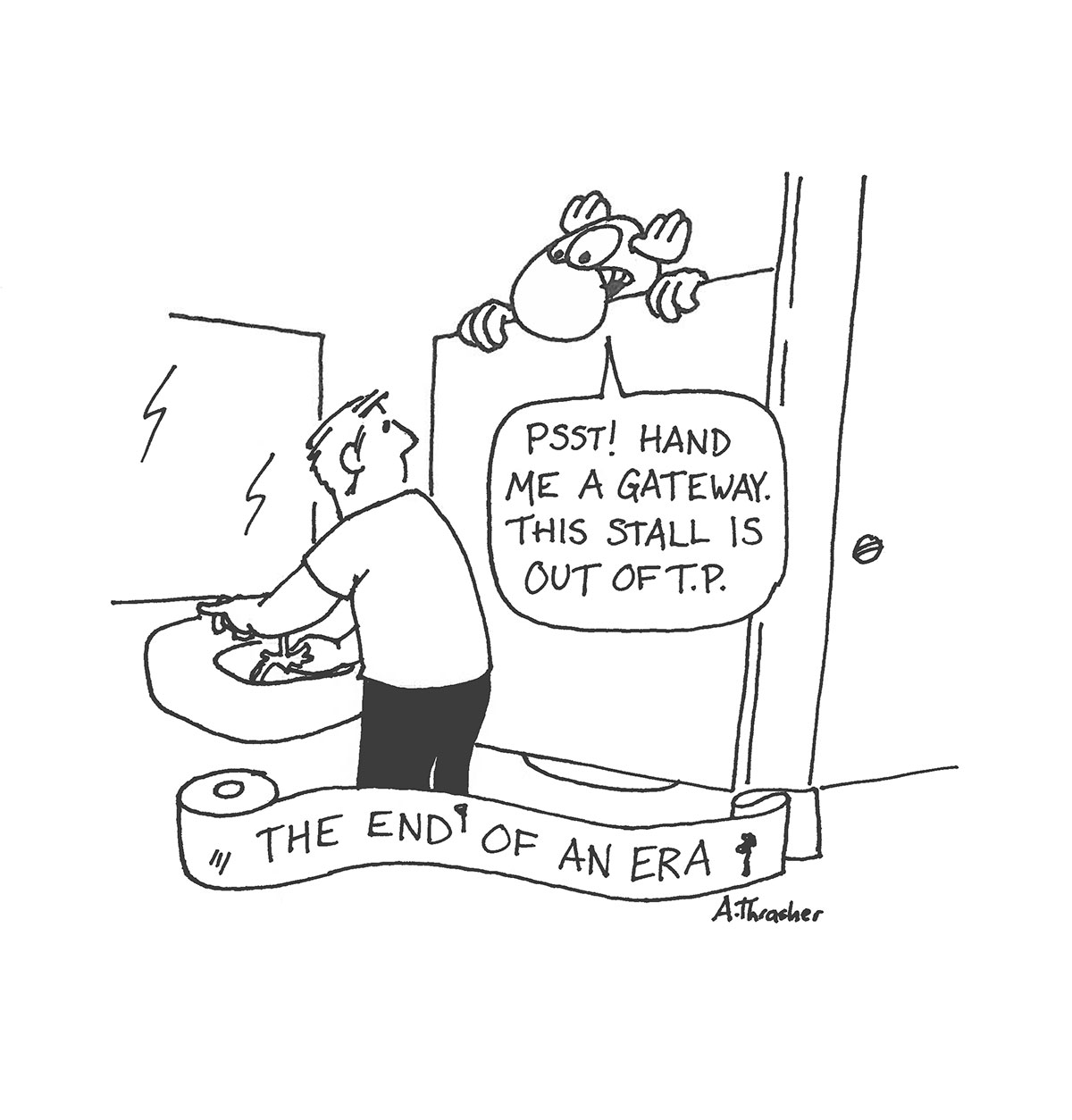 Adam Thrasher
Adam ThrasherStories compiled by Kieran Chrysler
Photos by Christina Varvis and from archives
Arts & Culture Editor (2014-2015)
Managing Witch (2015-2016)
Next year, we will continue to publish all this and more. Just in a different format.The staff for next year will be treading through the murky waters of primarily online reporting, with a monthly magazine full of the juicy content you’ve come to know and love from your sometimes-inappropriate student newspaper. It’ll just be on the internet where most of our readers are instead of littering tables in CAB.While this is a necessary jump in the slow-bleeding print industry, it’s hard to let go of a medium you know and love. The difficulty of letting newsprint go hit me in the last week, when the realization struck that had I been allowed to just write about talking to Mayor Don Iveson instead of trying to be modern and making a video, I wouldn’t sound like an idiot every time I do that thing when I awkwardly giggle at people when I interview them. Well, I would, but the audio would be hidden in my recorder like my interviews with Will Butler, James Vincent McMorrow and Missy Suicide instead of living forever on YouTube. But I digress.
This nostalgia for print is why we invited some of our alumni to write one last time for their favourite paper. They made The Gateway great(ish), fought for autonomy from the Students’ Union, and helped us continue to exist today. Here, they reflect on their ink-stained memories, the paths that The Gateway led them on, and the ever-terrible (but always fun) press nights.
Reading the alumnus’ memories really makes you look at The Gateway for what it is: a place for students to write stories for other students, and act like complete lunatics while doing it. Press nights have always and will probably continue to be insanity and people will still get mad at stuff we print, but it’s ultimately a place where the greatest friendships are born. And that’s the one constant The Gateway can rely on.
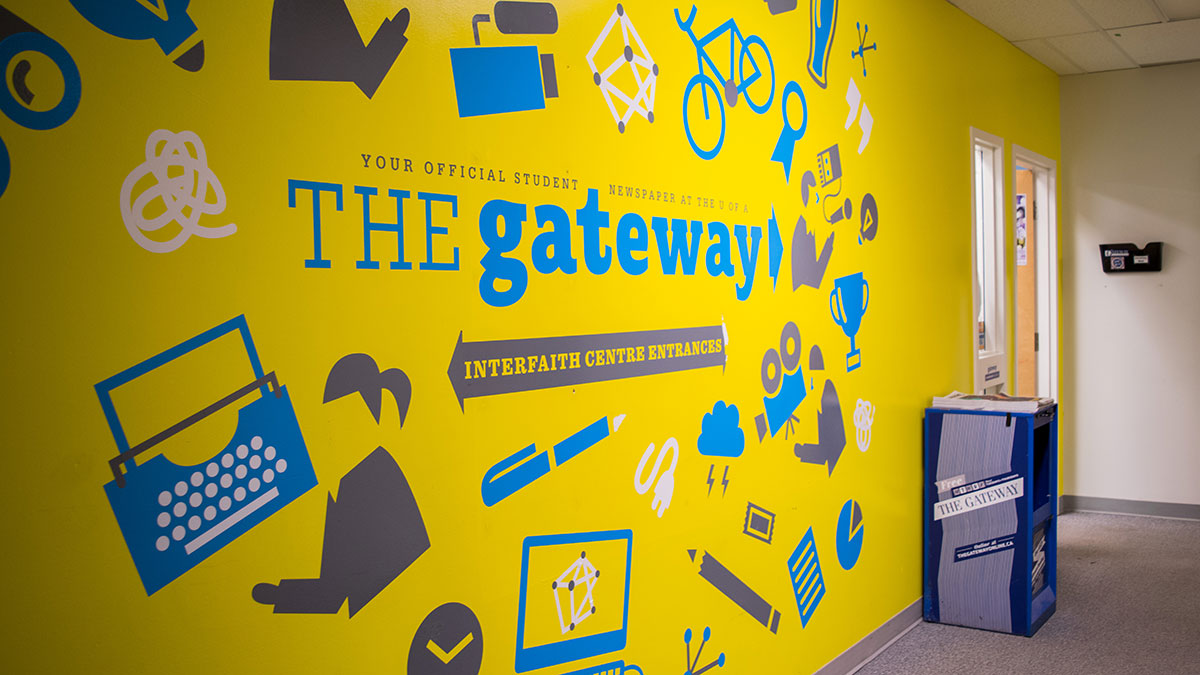
Sports Editor (2009-2010)
When I think of my time at The Gateway, I don’t have to look far for a reminder of how special my time as a student journalist was.While I look back fondly on the many unproductive hours I spent in the couch room, or the even greater number of productive hours spent in Clare Drake Arena and the Main Gym as a sports writer and editor, those memories come a distant second to the best The Gateway offered me.
Long before the days of Tinder, or the Match.com app, The Gateway was THE place to be when it came to the dating scene at the University of Alberta.
Maybe that’s a bit of an exaggeration, but that’s what it ended up being for me, as it has been for so many before me and presumably will be for those who come after me.
It all started at NASH 72 here in Edmonton. Sure, the conference featured some stellar speakers and sessions, but more importantly for me it also sparked my interest in a special someone who has since become my wife.
Walking up to the registration table at NASH one fateful day, little did either of us know that some six years later we would be inseparable, or that my sugary adult beverage-fueled dance moves which first captured her eye would still embarrass her periodically to this day.
Ultimately, The Gateway gave me everything. Without it I wouldn’t have met the love of my life, or been provided with so many of the lessons that have helped me both professionally and personally.
Here’s to more than 100 years of student journalism in print, an exciting future in the digital world, and — most importantly — to matchmaking skills that are second to none.
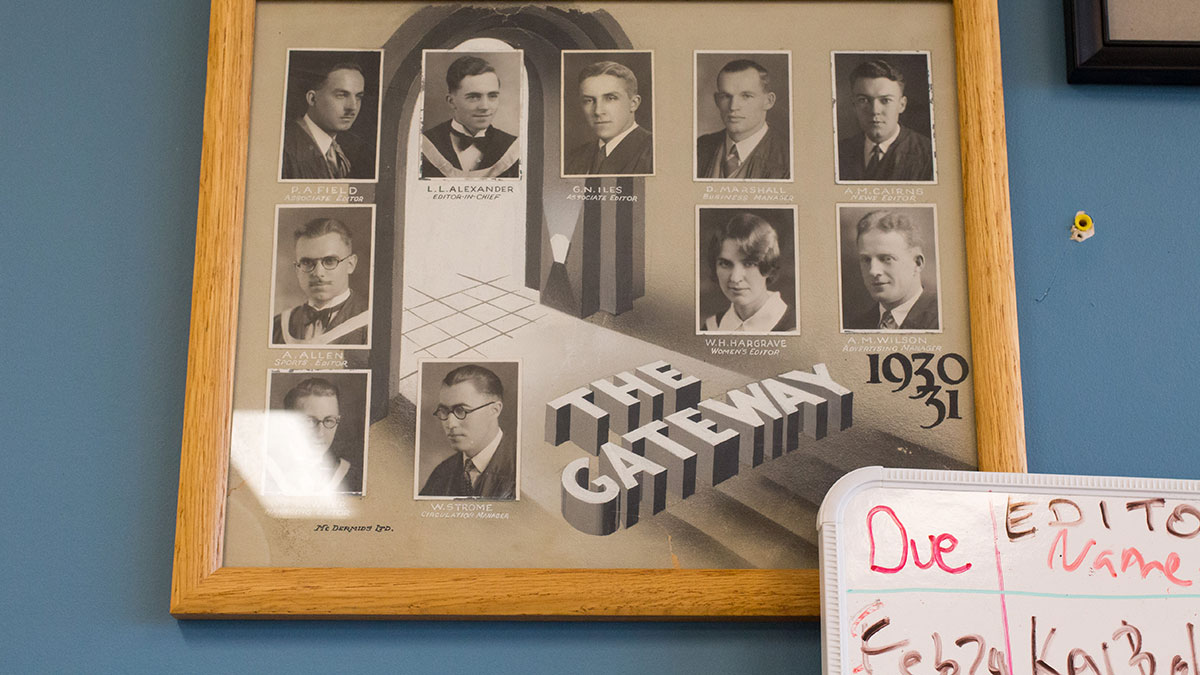
Arts & Culture Editor (May-July 2015)
Wannabe Canadian
When I was 18, I was lucky enough to have landed a wicked scholarship to the University of Alberta. It seemed like a big enough change from my Colorado youth, but also familiar enough so that I wouldn’t be slapped in the face by culture shock. I packed one suitcase worth of clothes and set out to try Canadian living.As it turns out, Canada is Disneyland for adults. Everybody is super nice, aware of what’s going on in their government, and actually care about the community around them. I quickly found my niche in the local music scene and started writing and delivering papers for The Gateway. By my fourth year, I was on top of the world and earned myself the position of Arts & Culture editor.
Of course, it isn’t cheap to be an international student. During the summer before my reign as an editor, I realized how strapped for cash I was and had to withdraw from all of my classes, nullifying my visa. The Canadian government politely requested that I leave the country, and in one fell swoop I lost everything I had been working towards. In extreme contrast to the rose-colored glasses that Canada gave me, I realized just how much of a mess it is to be living in the United States these days.
Canadians always offer harebrained schemes in order to swap citizenships with me. After about the sixth time I had to turn down offers for marriage or passport trades, I started to really wonder why anybody from the Great White North would ever even consider making the big move to the land of the not-so-free.
Canada was graced with the title of second best country in the world, so why the heck are you all clamouring to get into the United States? It’s of utmost importance to understand what life in the south is really like before making the rash decision to marry a Canadian deportee just to get your foot in the door.
There is nothing more painful than being a university student in the States. The average loan debt that graduates owe is nearly $30,000. That’s nearly $10,000 more than what U of A students have to pay for an average four-year degree.
The world post-graduation isn’t peachy, either. The economy in the U.S. is garbage. The wage gap, which is ridiculously disproportionate, has taken a toll on the lifestyles of Americans. Even working full time, most of us can barely keep up rent and groceries, much less afford to go out to bars or restaurants or do anything that brings us a sense of purpose. Americans have been cursed with being the only first world country that doesn’t require paid vacation, and most jobs can’t offer any sort of maternity or sick leave. Essentially, Americans are prisoners of “The Man.”
I’ve always found it really unsettling that those desperate to jump south are aware of all of the problems the U.S. is facing. I don’t understand why anybody would be willing to give up free health care, a very attractive Prime Minister, or the chance to see the wonderful Northern Lights for a chance to move to a self-destructive country. The grass may be greener because of the longer growing season, but that hardly makes life in the U.S. worth it.
But heck, at least a few of our states have legal weed.
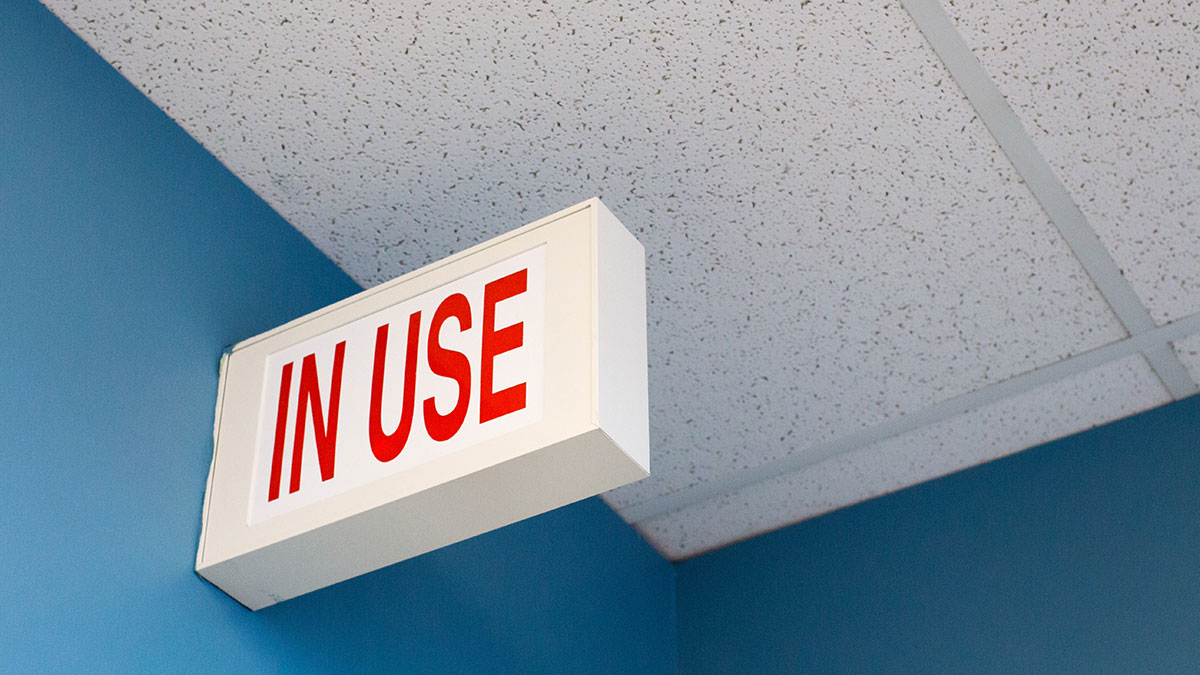
Sports Editor (2008-2009)
Managing Editor (2009-2010)
Journalism was my first love.As many can attest, though, first love rarely sticks. I’ll come back to this in a bit, but let’s rewind the tape for a moment.
High school. That’s when I first learned of The Gateway’s existence — back when its website was a maroon/darker maroon/MS Paint Gold™ shell spattered with six-point-font text. Every night, I would look up at the poster of shirtless Editor-in-Dreamboat Adam Rozenhart on my bedroom wall for something to aspire to — I already knew I wanted to write for it.
Back then, the “keener” label fit me about as well as a pair of stilts, so this strange gut feeling was outside my wheelhouse. Practically speaking, however, this was the best way into journalism’s heart I could think of.
So, a year later, there I was: a 17-year-old undergrad, unable to get into beer gardens without a fake I.D. or a zip-line, standing in the narrowing corridor outside of the third-floor newsroom, harbouring a look somewhere between jittery and concussed. Only thing missing here was a handful of posies.
Love. It don’t come easy.
I must’ve stood dumbstruck in the mouth of the mighty ivory tower for 15 actual minutes before then-Sports Editor Chris O’Leary looked up contemptuously and gnarled, “Hey, how can I help you?” Contact was made.
Once I calmed the fuck down and put my jangled nerves back together, I started showing up at volunteer meetings and leaving without having said a word or taken an assignment. Many wondered how I, the apparently deaf-mute kid, would ever meet journalism’s gaze.
When I finally did, journalism was extremely kind to me. We travelled to the most exotic locales (Kelowna, East Vancouver, Winnipeg, etc.), spent weekends curled up underwear-clad in bed. It even almost introduced me to Lil Jon before his PR team pulled the plug on the interview. (Jonathan, I’m still down to chat if you’re ever available, okaaaaay!?)
Naturally, things escalated. The Gateway led me to working for Canadian University Press (CUP), which led me to a steady freelance gig for the Edmonton Journal, which led me to a modest haul of international bylines.
Somewhere along the way, though, I realized things weren’t going to work out between us. Print journalism started dying — er, changing. Professional jobs were being bulldozed.
I lost interest in a life consumed by career, but still aspired to stability off the back of writing. (Stop laughing.) In other words, journalism just wasn’t happening.
Thankfully, Catherine happened. And it was journalism that introduced us.
We first met working for CUP in 2010. She, a born-and-bred Montrealer writing for McGill University’s Le Délit, was the French Bureau Chief, while I had taken over Sports.
It was not love at first sight — this isn’t that kind of story. It actually took us about three years to get there. But one day, both of us woke up asking ourselves, “… why not?” We were a pair of jokers cut from the same goofy-patterned cloth, after all. Not your classic rom-com romp. Significantly better, actually.
As luck would have it, we’re getting married this summer.
First love rarely sticks, but sometimes it helps you find your way to the one that will. Journalism and I might not have lasted, but without it, I never would’ve met the love of my life. And I have The Gateway to thank for setting the dominos in motion.
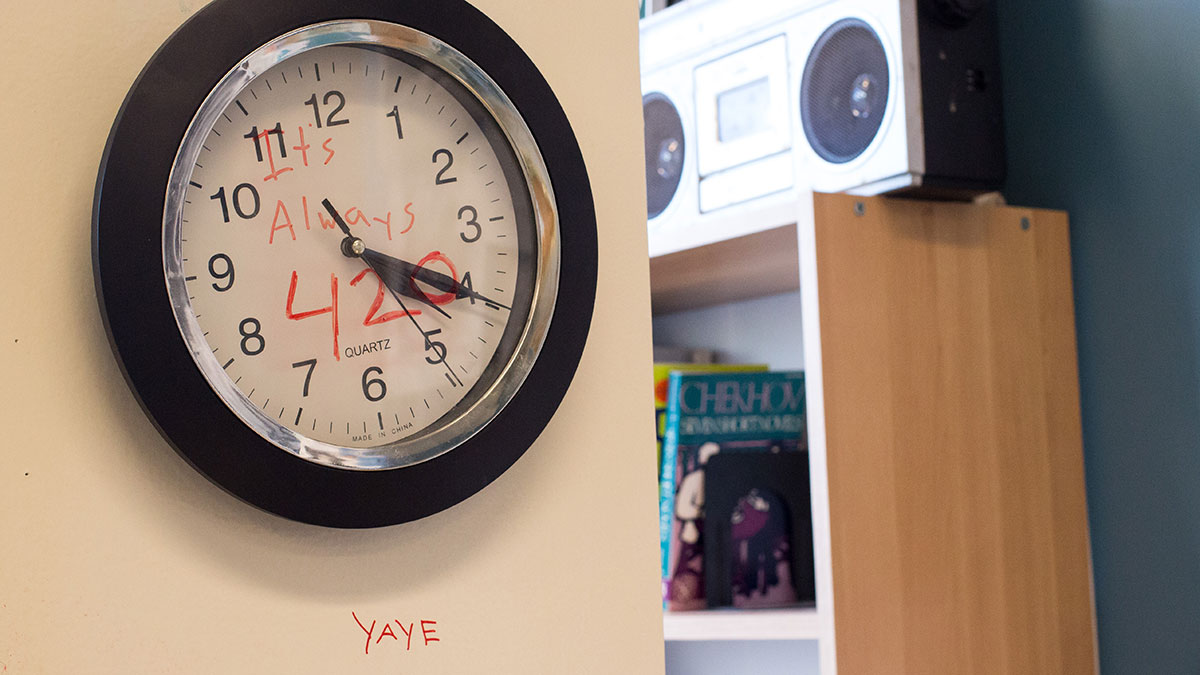
Editor-in-Chief (1985-86)
I first walked into The Gateway office in the fall of 1983. I was attending a recruitment party in the paper’s second floor offices in SUB, currently the site of a medical clinic.Owing to reprints of Lois Lane comics, I had romantic notions of what a newsroom would look like, and, once I’d walked past the snack tables and fraying couches, my expectations were definitely met. Atop several rubber-topped tables and desks were heavy, austere manual typewriters.
I’d only ever worked on electric typewriters before, so most of the time I spent working on my first story was devoted to figuring out how to operate that mechanical beast. I stared at the carriage, willing it to move. It didn’t. Meanwhile in California, Apple was rolling out its first Macintosh.
After a year of working out my finger muscles on the stiff keys, I became fairly proficient with the old typewriters, as did most of the writers. When it was suggested that we buy computers, we passed. Computers were expensive: I don’t recall the estimate we received, but Wikipedia notes that the 1984 Macintosh retailed for $2,495 U.S. at the time (adjusted for inflation, it would be $7,500.00 Canadian now). The technology was new and proving Moore’s Law, the adage that computing power doubles every year. So we were looking at huge capital outlay that would have to be repeated in a couple of years. We bought electric typewriters instead.
We also sprung for a new phototypesetting machine. The older one used punched paper tape to automagically generated type. The new machine had a computer interface and enough memory to generate copy at a faster rate than the old punched-paper machine.
Despite these improvements, production nights did not change much. Reporters came in to type up stories, or brought in handwritten notes. The stories were edited and an employee re-typed them into the typesetter. We took the glossy-papered galleys from the machine and cut them into sticks of copy, rolled wax on the back and stuck them onto sheets of layout paper: literally, cut and paste. Easy peasy!
In reality, thanks to delays, technical issues or last-minute changes, production nights could be long and slow. We published two editions each week, so production nights burned up 12 to 16 hours that could have been spent studying, sleeping or working on
more stories.
It would be romantic for me to say that I miss those production nights, when we forged a sense of camaraderie over the shared work — that did happen. But so did frustration, bickering, tiredness, dehydration and accidents. The most serious accident I witnessed was on a night when the typesetting machine was particularly slow in producing galleys. When it finally spat out the last stick of copy, the most exasperated editor grabbed it, plopped it down on a cutting mat, whacked at it with an Olfa knife, and promptly sliced off the tip of his finger. He was fine, but we could have used that medical clinic.
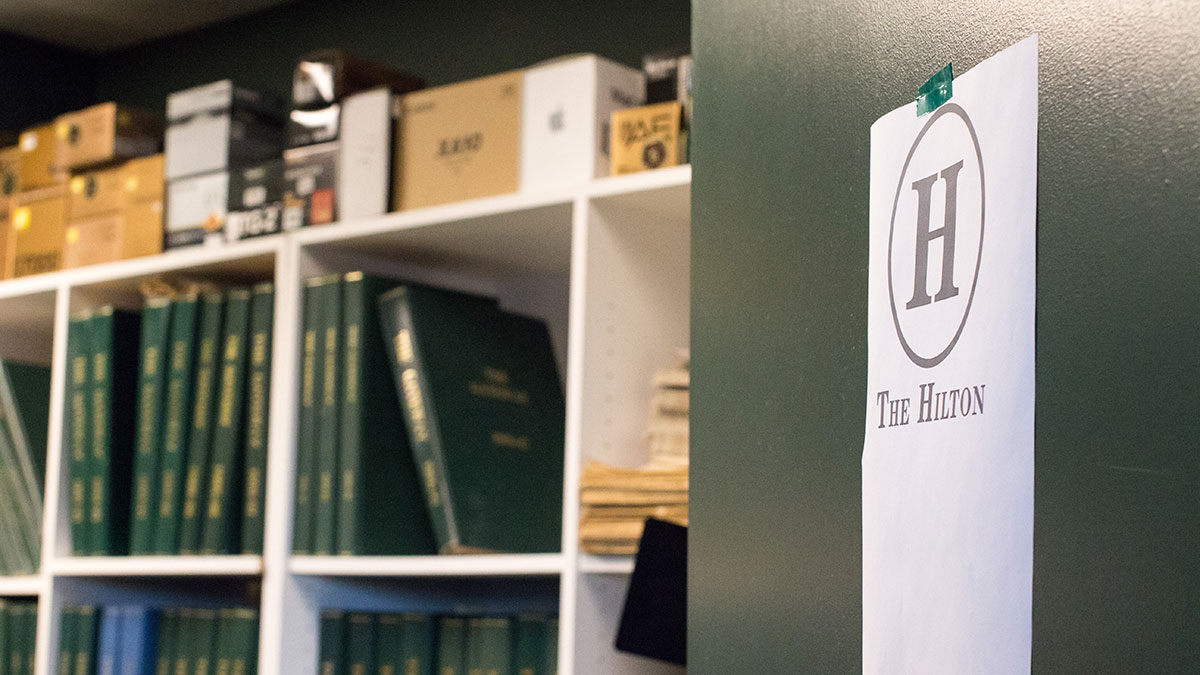
Pat Kiernan (Reporter 1990)
A lot of good things happen because of deadlines in journalism. Impact. Accountability. And, in our case, love.Deadlines push journalists to do their best work and beat the competition.
Deadlines force officials to be accountable and responsive — or risk not having their side of the story told.
For decades The Gateway’s print publishing deadlines forced the editors and volunteers to lock themselves in a room — with no exit permitted until the paper was literally “on paper” and ready to be hand-delivered the printer.
And it was in that room that we fell in love. One wax-coated piece of news copy at a time.
Neither of us really knew what a waxer was before joining The Gateway staff for the 1989-1990 academic year. But at that time, the wax machine was one of the many critical parts of a half-manual, half-computerized process that brought the paper to readers twice a week.
This was an era where we had a lot of technology that was not-quite revolutionary. We had computers but not email. Our photographers shot on film and scanned their work later. We had an digital typesetting machine, but its output was on paper that we made sticky with that wax machine. Two nights a week the entire staff stayed late into the night to glue the paper together.
It was on those long “layout nights” that we fell in love. There was a lot of time to talk in the production room as we waited for various elements of the paper to arrive. We could only listen to the era’s chart-topper “Love Shack” so many times before we got bored and struck up another conversation — so we got to know each other well in that “hurry up and wait” environment.
Dawn was a paid Gateway employee as one of two News Editors. Pat was an eager volunteer. Too eager, according to the rest of the staff. “Are you interested in journalism or Dawn?” they asked. Other unpaid volunteers would fade at 10 or 11 p.m. on a deadline night, leaving the editors to finish the task. Yet Pat would stay until the paper was done. Sometimes midnight. Often 2 a.m.
We did good work that year. There were memorable stories about tuition increases. The sit-ins to protest tuition moving above the $1,000 a semester milestone seems quaint now. And we single-handedly blew the whistle on a sneaky move by the Faculty of Business to rebrand a tuition hike as a “mandatory donation.” We stayed extra late the night that story broke, because the fee was due to be rushed through an approval process before our next issue.
The details of those stories have grown fuzzier as the years have passed. Most of them were important at the time but didn’t rise to the level of “historic.” Which means, for us, the most enduring legacy of our time at The Gateway is our marriage.
We learned to collaborate on production nights. We managed through small crises together. We offered praise, support and criticism as necessary. And a commitment to the paper became a commitment to each other.
After her time at The Gateway, Dawn Kiernan retired her journalism career to move into brand management. Pat went on to work as a broadcast reporter and anchor at Edmonton’s CTV and Global stations. They moved to New York City in 1996, where Dawn is a market research executive with The Nielsen Company and Pat is the morning anchor for NY1 News.
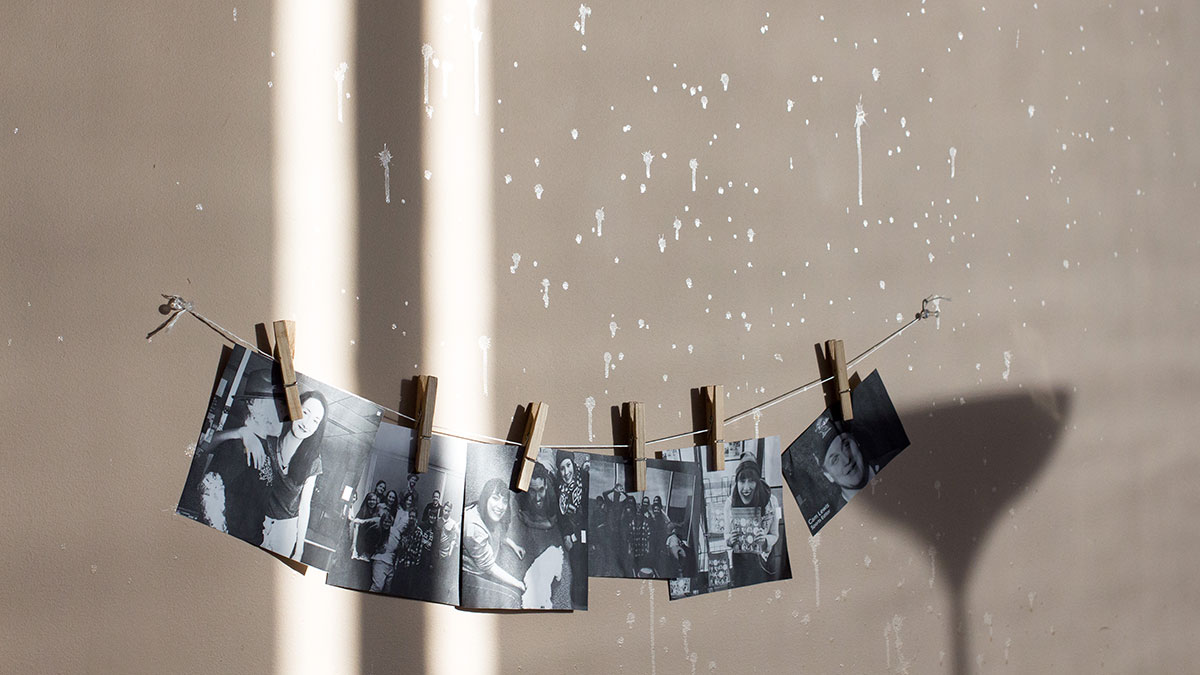
The Germ
Stephen Notley
Editor-in-Chief (1993-94)

Astronowatch: The Last One
Volunteer (1990s-2003)
Keeping an eye on the sky…
Well, it’s been a while. In the 5+ years since my last Astronowatch I’ve changed countries and careers, and had the sweetest little girl who’s turning three in June. I still find time to party, but no more boy drama since I was made an honest woman a few years back. The times they are a changin’.
There is a lot less astronomy in my life. My little corner of western France is often very cloudy and rainy. However when I do get to see the stars, the lack of light pollution is wonderful. Nothing compares to lying on the beach at 2 a.m. with the sound of the waves and the black, sparkly sky stretched above you. A 3€ bottle of wine is just icing on the cake!
Astronowatch would never have been possible without so many people, too many to thank. But I’m going to give a little shout out to Sharon Morsink and Douglas Hube, both of whom are amazing teachers, role models, and extremely passionate about space science.
As ever, if you want to learn more about the incredible vastness surrounding our little blue dot, please visit the campus observatory. It’s located at the top of CCIS, 5-240, and during the school year it’s open on Thursdays from 12-1 p.m., and 8-9 p.m. It’s staffed by an amazing group of volunteers, who will be more than happy to show you the sights (Jupiter is visible right now, just below the constellation of Leo the Lion) and answer your space-related questions.
In the immortal words of James T. Kirk, “It was fun.”
No silly. It’s not astrology, it’s astronomy. AstronoWatch was a weekly feature published in the Classifieds section mostly every Tuesday, but sometimes not, for over four (five?) straight years in the early 2000’s, and occasionally afterwards. Our resident astronomer Kati Kovacs, set the stage for the cosmos and gossiped about her boyfriends. Let’s be real, it was mostly gossip. She invites you, even still, up to the Campus Observatory every Thursday evening at 8 p.m. at CCIS 5-240. Walk out on the roof and check out the view with the university’s telescopes.

Gateway Staffer (1962-1965)
I understand that The Gateway is terminating its weekly print publication.Although I recognize that the transition to a digital format is consistent with the communication preferences of the current student population and is probably a sound “business” decision, I fear something very significant associated with publishing The Gateway will be lost.
It seems to me that much of our interpersonal interaction today is a solitary activity. Social media — texting, tweeting, emailing, etc. — allow for almost instantaneous interaction between people. Not only do participants not need to be in the same room, they don’t even need to be on the same continent. There is, however, at least in my view, something very important missing in modern dialogue.
In the early 1960s when I, as a young undergraduate from “smalltown” Alberta, was a member of The Gateway staff, we gathered together two nights a week to “put the paper to bed” — get it ready for the off-campus printer. These evenings (not the significance of the issues we covered nor the excellence of the articles that I wrote) are what I most remember and treasure about my years at The Gateway: nights (sometimes long ones) of work, camaraderie, laughter, stress and satisfaction shared with some great people.
I suspect that much of the work on future editions of the digital Gateway will be done electronically, by staffers working remotely from a variety of locations according to their own schedules and timelines. While I am certain the product will be equal to anything that has gone before, the process will in all likelihood lack the personal face-to-face interaction with fellow staffers that I enjoyed so immensely.
I hope that in structuring the “new” Gateway that those in charge can find or invent some methods to give future Gateway staffers the joy of being part of the “team.”
Gary Kiernan completed his BA (History) at the University of Alberta in 1965, followed by an after-degree teacher program and an Educational Administrator diploma at the University of Calgary. He returned to school midway through his career to earn both MS and PhD degrees from the University
of Oregon.
Mr. Kiernan spent over 50 years involved in education in Alberta and abroad working as a teacher, counselor and administrator at both school and district levels. Gary retired as Superintendent of Schools (Lethbridge School District 51) in 2000 and established DISTRICT OFFICE online Ltd. -— an online educational HR service for Alberta school systems. There, he served as President and CEO until December 2015.
Gary is now fully retired and splits his
time, with wife Linda and his extended family, between Lethbridge, Hawaii and Fernie B.C. He is very proud that granddaughter Kieran (Chrysler) has continued The
Gateway connection.
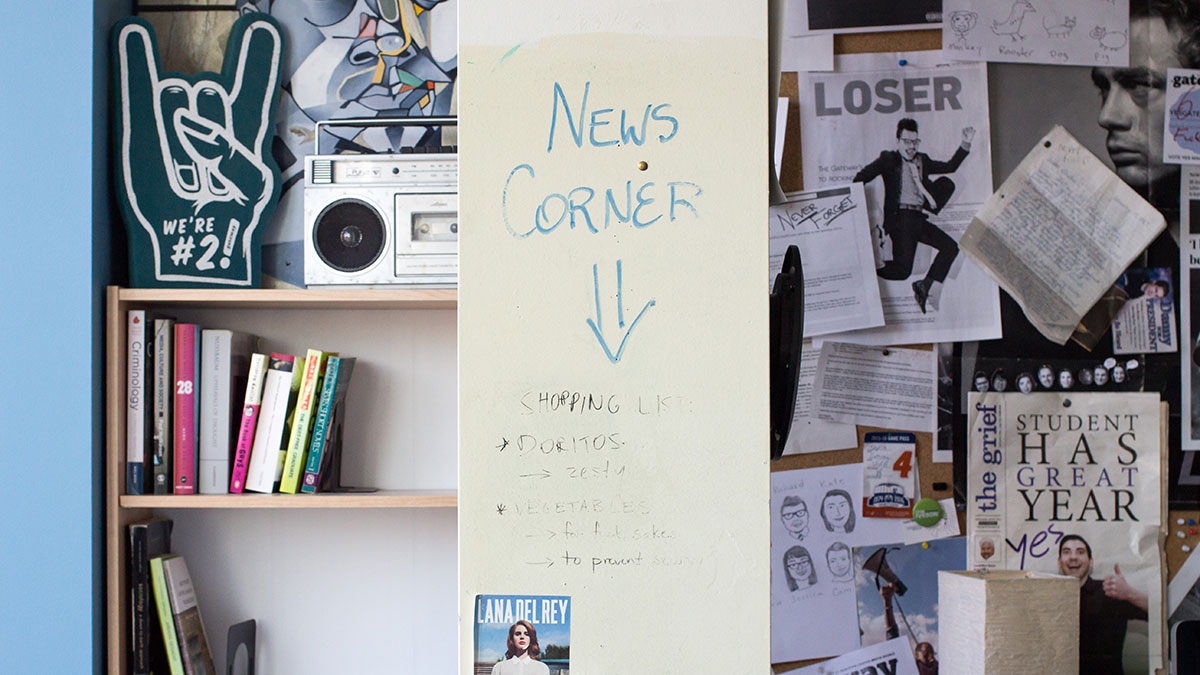
A Lament for the End of Press Night as We Knew It
Editor-in-Chief (2002-03)
Production Editor (2000-02)
GSJS Chair, Board of Directors (2002-2004)
I started at The Gateway in 1999, and I think wrote a total of two articles that year and published maybe a handful more photos. I had my first real press night experience in 2000. Entranced, I watched then-Production Editor, Dan Lazin, lay out, tweak, and tighten the paper using QuarkXPress. The first thing I ever laid out was a three-page feature by Steve Lillebuen (“Indiewood to Hollywood: A First Take…”) that contained a fairly extensive interview with Bruce Campbell. In the following years, I acquired the Production Editor position, did it again, and then managed to do the Editor-in-Chief thing — the first EiC of the newly autonomous Gateway in ’02-03, in fact. (Somebody said the paper was boring that year. Sorry. I was really just trying to not bankrupt the newspaper!)If you were to look back at the colophon circa 1999/2000, you’d read something about how we would print paste-up pages on a LaserJet 5000N. Here’s how it actually worked: we’d print the pages on pretty nice paper on that printer (affectionately named The Gateway Sex Printer), use an adhesive wax coating machine to add any ads provided only as hard-copy, gather the pages up in a cardboard folder, call a taxi, hand over the folder to the cab driver, he would drive the folder to the printer in Leduc (or some other godforsaken perimeter suburb. I don’t remember), then they would literally take photos of each page with a large-format camera, I guess develop the film somehow, expose the images on to plates, mount the plates on the printing press, and then some guy presses the “go” button. Voila. 10,000 newspapers. This was in, like, 2000 keep in mind. The Internet had existed for, what, 10+ years by then? Ridiculous! (The technology moved fast though. Soon, we were sending PDFs via FTP, and the web press company could burn them directly to the press plates. Full disclosure: I still own a LaserJet 5000N. It works OK.)
Anyway! Here’s some other things I remember about press nights: staying up way too late; going to Mac’s with Dan to buy candy, chocolate milk, and 2L bottles of Dr. Pepper; blasting ‘90s techno music (Gina G); blasting ‘90s rap music (Coolio); someone defacing my Christina Aguilera poster; joke issues; falling in love; Jacket Potato Man; Ho Ho Chinese Food; D17 at Sam Wok; updating the first Gateway website; our server ROBOCOP! dying on a press night; going for a run one night and changing my shirt in the office and Collin Gallant saying, “You’re a lot hairier than I thought you’d be;” getting my first Apple PowerBook; fighting about date formatting; failing my thermodynamics mid-term; getting to read all the comics before anyone else; speling errors; laying out the classifieds, AstronoWatch, and Happy Bob Knows; changing people’s home pages to the Merriam-Webster audio pronunciation of “penis” or “vagina” (try it!); Man of Green Gables; bundle toss; “deddyjusleh”; and beef dip at RATT.
We experienced our fair share of stress and frustration, but I feel pretty nostalgic about it now. Those were good times, shared with very good people. As others will no doubt repeat in these pages, those people became lifelong friends (and sometimes significant others). It’s a unique club we belong to. Never doubt that a small group of half-drunk, smarmy students can publish a newspaper before 3 a.m.; indeed, it’s the only thing that ever has.
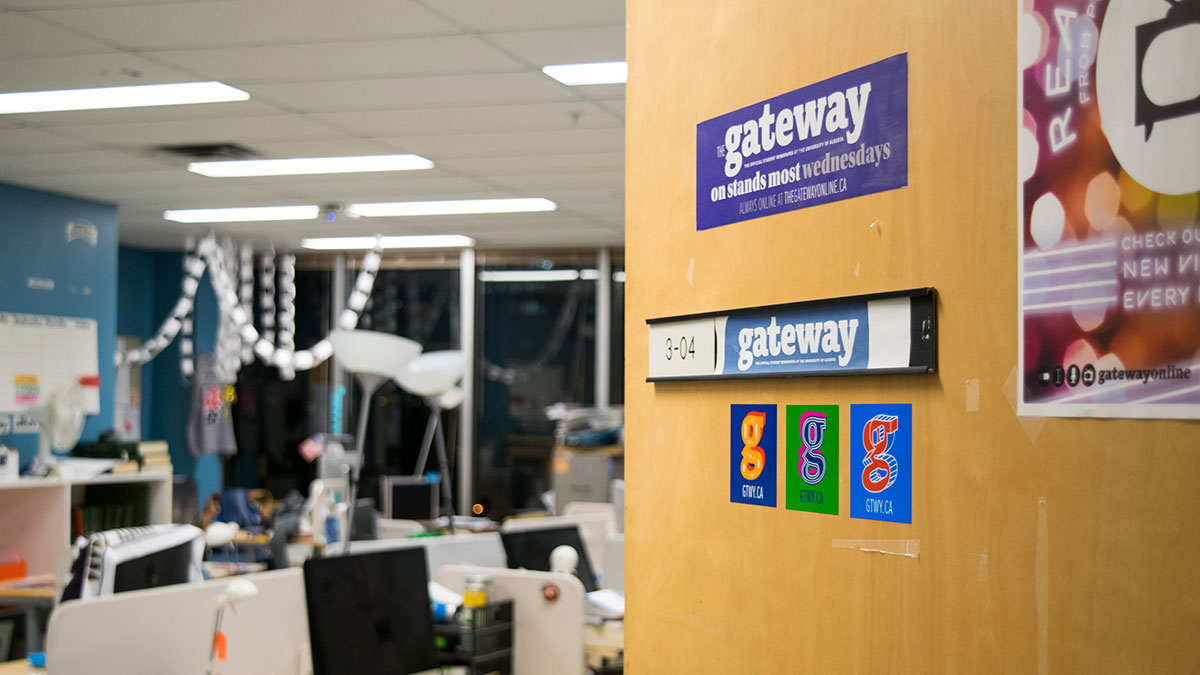
Business Manager (2013-14)
Editor-in-Chief (2012-13)
Opinion Editor (2011-12)
Here’s the value of The Gateway to me: it puts your work in front of an audience.Yeah, there’s high-minded ideals about doing vital journalism for the U of A community, but the most important thing this publication does is provide space to anyone who so wishes to occupy it, and to brutally thrust said occupied space into the public eye.
You can spend your time at school never writing for anyone but your professors. Maybe you’ll get a good peer editing group. Maybe. But it’s real easy to spend four or more years in a total academic bubble.
Putting your stuff out there for anyone to see, and knowing that they will indeed see it? It’s exhilarating, scary, and humbling. And one of the best things you can do.
There’s a lot I could say about the garbage of internet comment hate mobs. I’m aware that for all the vitriol I did attract, it was mostly just pissed off SU hacks posting under pseudonyms rather than the manbaby hordes of say, Return of Kings. But regardless, it’s rare that anyone ever had a single goddamn nice thing to say about anything I wrote, edited or published.
You learn something when you turn up to the paper day after day with no one to pat your back.
You acquire the determination to try harder, get better, push your peers and be pushed in turn by them. You’re not just going for an A, but something more important. You’re going for someone giving a shit.
Eventually, someone does.
When that happens, you don’t even care about all the times they said you were just bitching about nothing, had a typo in the second paragraph, didn’t know what you were talking about, or looked like a fucking hobo in your headshot. You made someone care about something, and what more important thing is there to do in life?
None of this needs to change about The Gateway of course. But running a website/magazine will be a much different challenge than a website/newspaper. I hope they and the U of A are up to it, because look: this is paid for by all students. It’s yours. And if you don’t like it next year, rather than whip up a witty fake name to post in the comments with, why don’t you shuffle along to the office and show them how it’s done?
That’s literally what I did. Within two years, they let me run the place.
Ego & Id
ComicArtist/Illustrator (2007-13)

The Cat’s Ass (1993-95)
One day I wrote a column for The Gateway about that evening my brother and I were wrestling on the trampoline and he was stricken with bowel trouble. He was ten and I was twelve. Our parents were out drinking at the Legion. I had prepared tacos for dinner, that kind where everything but the beef comes from a yellow box.I had to make a decision, as my brother squirmed in my arms: let him go to the bathroom or squeeze him about the middle until the inevitable happened? That is, to execute “the poop squeeze.”
To my lasting regret, I chose the latter. Did I stop there, and reflect on what I had done? No. No I did not.
My brother availed himself and ran in shame to the back door of our house in Leduc. I ran after him kicking him in the rear every few steps so that his shame smeared about his backside.
Somehow The Gateway made it to my brother’s hands and he read my confession, the meaning of it. The newspaper allowed me to express, in glorious print, the depths of my regret and how the memory had haunted me. My brother phoned me. We talked through it, how he had thrown his clothes away rather than try to clean them.
It sparked a new understanding between my brother and I, and between siblings all over campus who had spent their adolescent and teen years violating and humiliating one another, so often with bodily fluids and trampolines.
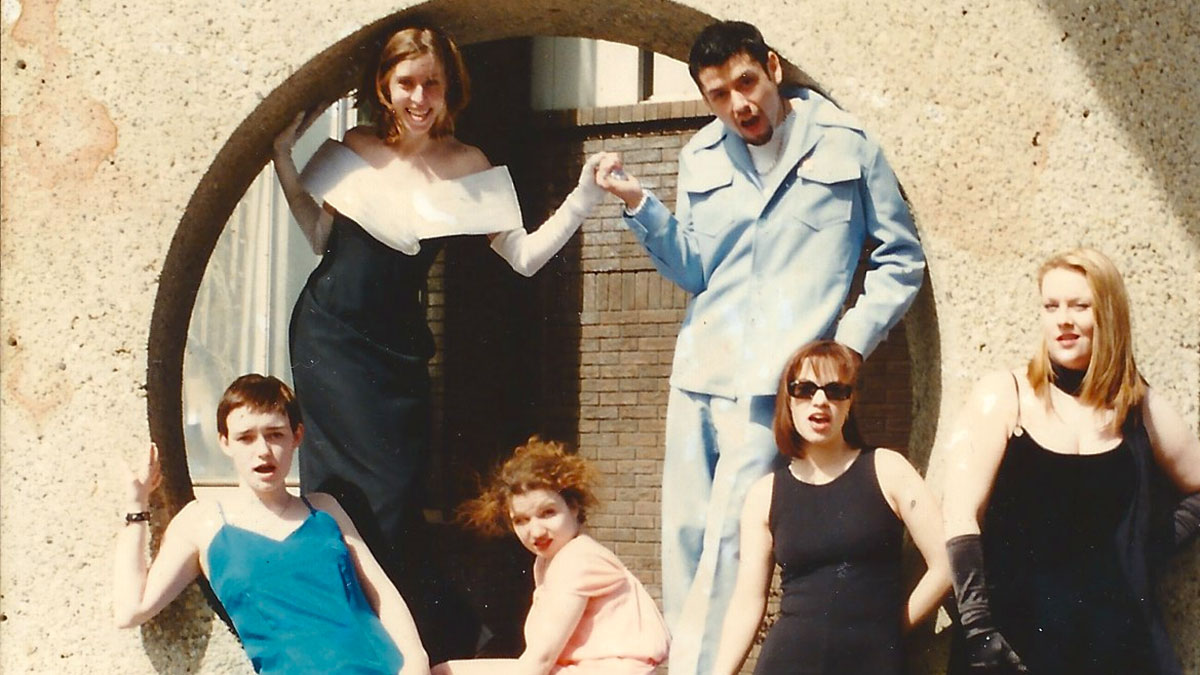
News Editor (2011-12)
Multimedia (2012-13)
Student journalism nearly killed me.At least, it felt like death was imminent as I alternated for hours in my hotel bathroom between projectile vomit and explosive diarrhea. At one point, word spread that infected conference delegates were being wheeled out of the hotel in stretchers. Praying for an end to my misery, I begged my roommates to summon help. The paramedics found me lying on the ground, shivering in sweat, and gently told me to wait it out. I sunk my head back into the toilet and cried from the smell.
In January 2012, I was one of 60 delegates who suffered from a norovirus outbreak at the Harbour Towers Hotel in Victoria, B.C. It amounted to a sixth of the 360 delegates who were there for the NASH 74 national student journalism conference. We were promised four days of keynotes, workshops, drinking and debauchery. Instead, we ended up with a gastrointestinal massacre.
To this day, no one is sure how the outbreak broke out. Norovirus, more commonly known as the stomach flu, is insanely infectious, and all it took was for one dick in that hotel to wreak havoc on the rest of us. The last night of the conference devolved into delegates rushing out of the keynote talk to find the nearest bathroom, students projectile vomiting on yellow buses and the abrupt cancellation of the awards party. Given everyone’s thirst for reporting, the entire thing played out live on Twitter like some B- grade horror movie.
Things got so bad that the B.C. health authority quarantined our hotel. The next morning, CBC reported on the grossness, parents freaked out, infected delegates had to cancel their flights and the whole thing became a gong show. I refused to stay in my toxic waste of a room and escaped to the airport, panicking whenever my stomach gurgled. I was still forced to stay home from press day because the other Gateway editors were, understandably, scared shitless that I would infect them.
NASH 74 has since turned into the stuff of legends. “Did you survive #NorovirusNASH?” old-timers chuckle to each other. Like, barely, to be honest, and student journalism fucked me up so bad that I somehow ended up organizing the NASH conference in Edmonton two years later. At least NASH 74 blessed me with the enduring image of student journalists going full-blown Exorcist.
Jhenifer Pabillano
News Editor 2001-2003
CUP Alberta Bureau Chief 2002-2003
Oh, the Gateway newspaper: I will miss you so.
I get why it’s going away, but I’m an old softy for newsprint. I loved seeing the newspaper in students’ hands, I loved seeing stories from myself and my friends in physical reality, and I loved planning out the paper’s look and feel, knowing that it would be seen by thousands across campus. (I was a News Editor for three years, which meant I got to design the front page every time – boomshakalaka!)
And though I probably didn’t feel that way at the time—I loved press nights.
Press nights—the night before every issue, when the paper was put together and sent to the printer—taught me a ridiculous amount of life lessons. How to prioritize; how to balance work and life; how to distract a volunteer by getting them to write the Today in Gateway History section. How to collaborate with, fight and make up with, and laugh with a wide variety of people. How to make amazing things become a reality, with your own ingenuity and the help of your friends.
And through all those press nights, and the work leading up to them, I became friends for life with some of the smartest and funniest people I know. (I even married one of them.) The memories we made together are countless, bizarre, and beloved.
Leah Collins and I once fought semi-seriously over a 1980s press photograph of Madonna in Who’s That Girl? that we found in the A&E section’s filing cabinet. (Leah has it now, but I retain visitation rights.) Neal Ozano carved a hole in an enormous bibliography by Jean-Paul Sartre and put an old Speed Stick inside. (As far as I know, it’s still in the Neal Ozano Memorial Library).
Another night, the whole staff held an impromptu standing long-jump contest and wrote the highest jumps achieved on the floor. On another night: when the Gateway still used to run the weather forecast, I photoshopped Jordan Knight’s head into a cloud and incorporated the lyrics of “Step By Step” into the weather predictions.
Early one year, campus security came to the office to warn us that an ex-Gateway volunteer had gone missing from Alberta Hospital and might be coming to see us—and the same night, the server broke at 10pm and we had to redo the entire publication in a few hours to meet our press deadline.
Most randomly, I remember staying up way way too late to work on a joke issue, with a skeleton staff there bleary eyed and incredibly irritable, trying to just put the issue to bed. At this point, a random student walked in and said, “I just read your music reviews, but have you guys ever listened to Ace of Base?” Thus ensued a long, well-received speech about the merits of Ace of Base’s latest album.
These are the gifts the Gateway newspaper gave me, the gifts I am pouring one out for. May the new incarnation of the Gateway keep these gifts alive for the students of the future.
Oh, and keep making those bound editions, too. Except now make them easier to fit on a shelf!
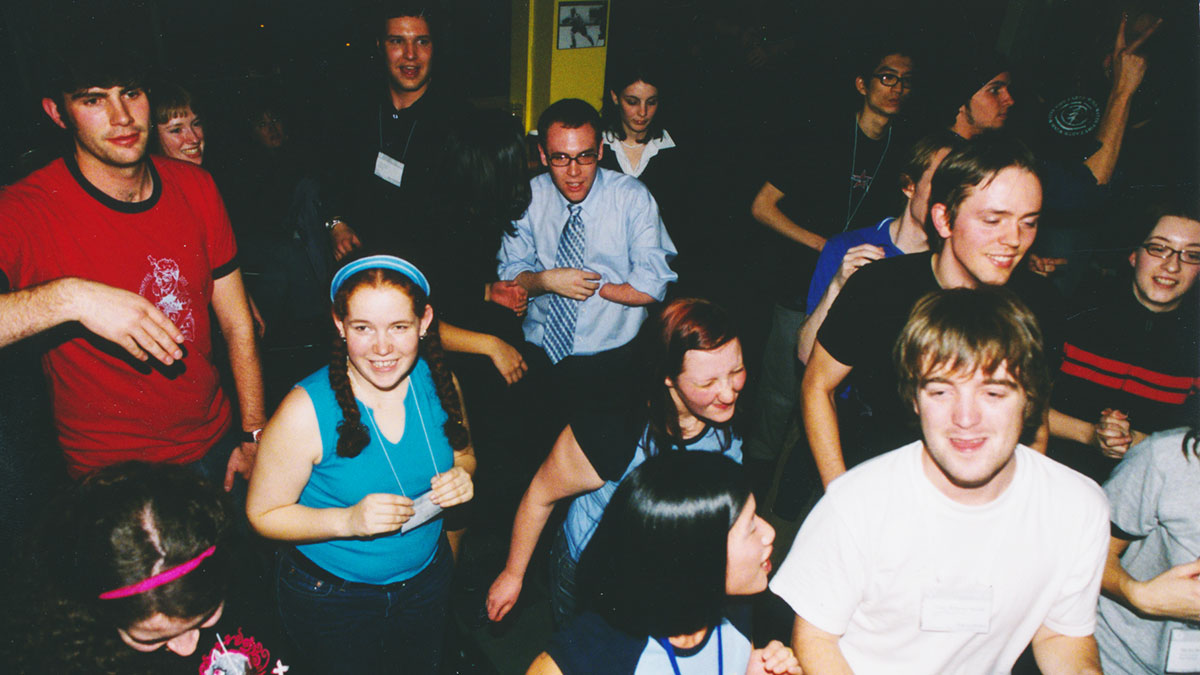
Managing Editor (1985-86)
Entertainment Editor (2000-01)
I was fortunate to serve twice on The Gateway staff. I drew the only decent editorial cartoon of my life in 1986 after the Challenger space shuttle explosion of Neil Armstrong’s flag on the moon at half-mast.For my first tour and the beginning of the second, staffers toiled twice a week beneath the heavy yoke of the last century’s technology.
We typed every story into the same word processor, often beginning at noon.
The processor printed long spools of paper a single column wide to which we applied hot wax, cutting stories to size with Exacto knives, and “pasting” the output on to a large piece of heavy stock paper, one for every two Gateway pages.
Editing and layout were slow and laborious. We got in line at the word processor to correct single spelling mistakes, corrected by “cutting in” a single word.
We finished at 4 a.m. or later, and the lone finished copy of the paper was sent by courier for printing. It was too late for a beer, too early for breakfast — no one was open. Just a slow walk home in the dark. The printed Gateways were returned mid-morning for campus distribution.
In 1990, our production editor introduced us to the Apple Mac. Each editor piloted his or her own desktop, received stories from volunteers on 4” floppy disk, and did layout by arranging electronic copy on a virtual page on a black and white monitor.
It took a few months, but soon we finished layout before midnight. Our patronage of RATT for last call rose dramatically.
Not long before, Time or Newsweek had run a cover story suggesting leisure was the next big industry. Personal computers going to make everyone so productive that the work week could be cut to three days. More leisure would be required to fill the remaining four.
Instead, most people in the workforce — especially the “creative class” — now do the work once done by three or four people. We take our work home on laptops evenings and weekends. Many people work, on average, 10-20 hours a week more in the new millennium than we did when I was your age. And not for more money.
And now The Gateway, God bless ‘em, is putting the physical paper to rest to concentrate on new media and a less-frequent magazine format. This is responsive, responsible change. But mental flag flies at half-mast.
I wish them good luck. The Gateway is an indispensable U of A institution that engages students in important conversations, conversations that might be different now, accessible 24/7.
I’m going to log off and go play kick-the-can with my kids. I hope that game has not yet faded into the mists of history too. I hope to keep real world, real-time leisure alive a little longer.
Come join us.

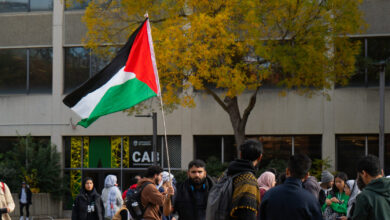
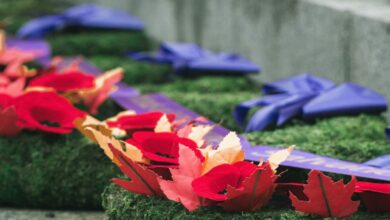
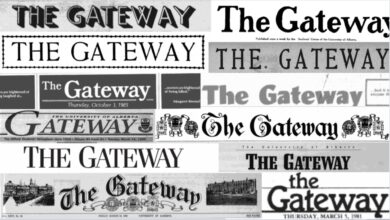
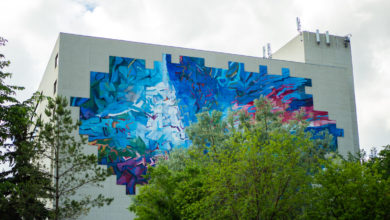
I want my Space Moose and Paneled Heat
An article about history of the Gateway with no mention of Bub Slug? Pfffft!